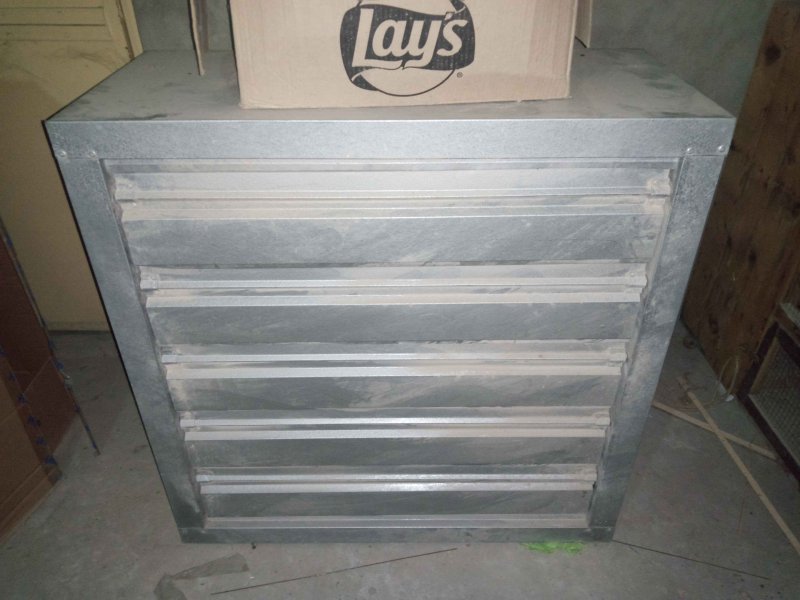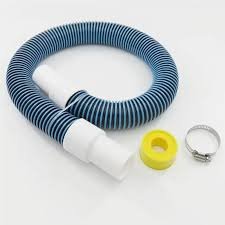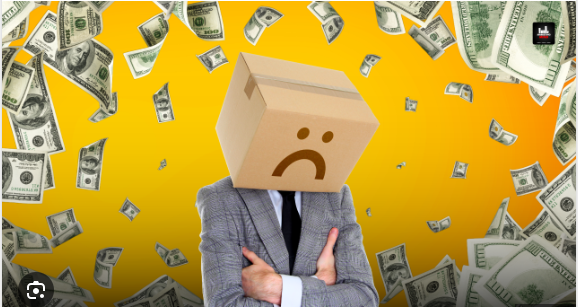402-935-7733 is a number you might see on your bank statement, and it can be confusing. This number is linked to PayPal. If you notice it, it usually means you made a transaction using PayPal. Knowing why this number appears is important for understanding your finances.
When you see 402-935-7733, you might wonder if it’s a charge you forgot about or if it’s something you need to worry about. In most cases, it’s related to a purchase you made online. Let’s explore what this number means and how to check if a charge is legitimate.
Understanding 402-935-7733
402-935-7733 is a number you might see on your bank statement, and it can be confusing. This number is linked to PayPal. If you notice it, it usually means you made a transaction using PayPal. Knowing why this number appears is important for understanding your finances.
When you see 402-935-7733, you might wonder if it’s a charge you forgot about or if it’s something you need to worry about. In most cases, it’s related to a purchase you made online. Let’s explore what this number means and how to check if a charge is legitimate.
Why Does 402-935-7733 Appear on My Bank Statement?
When you use PayPal to buy something, the charge may show up as 402-935-7733 on your bank statement. This is because PayPal processes many payments for different stores. If you bought something from a store that uses PayPal, you will see this number.
Types of Transactions Linked to 402-935-7733
Here are some common types of transactions that could show this number:
- Direct Purchases: When you buy something directly through PayPal.
- Merchant Transactions: If the store uses PayPal for payment, even if you didn’t log in to PayPal.
- Insufficient Balance: If your PayPal balance is low, it may take money from your bank account.
How to Identify If the Charge is Legitimate
Sometimes, you might see 402-935-7733 but not remember making a purchase. It is important to check if the charge is real. Here are steps to follow:
- Check Your PayPal Account: Look at your recent transactions in your PayPal account to see if you recognize the charge.
- Ask Family Members: Sometimes, family members may use your account. Ask if they made a purchase.
- Look for Receipts: If you bought something, look for any emails or receipts related to the transaction.
Steps to Take if You Don’t Recognize 402-935-7733
If you do not recognize the charge after checking, follow these steps:
- Report the Charge: Contact your bank or PayPal and report it as unauthorized.
- Monitor Future Transactions: Keep an eye on your statements for any new charges that seem strange.
- Change Your Password: If you suspect any unauthorized access, change your PayPal password to secure your account.
Common Reasons for Charges from 402-935-7733
There are many reasons why you might see 402-935-7733 on your statement. Understanding these can help you feel better about your finances. Some reasons include:
- Gifts or Subscriptions: You might have bought a gift or subscribed to a service using PayPal.
- Trial Services: Sometimes, you sign up for a trial and forget to cancel it.
- Friends and Family: Others might use your account to make purchases.
Protecting Yourself from Unauthorized Charges
To protect yourself from charges you don’t recognize, here are some tips:
- Regularly Check Statements: Look at your bank statements every month to spot any strange charges.
- Set Up Alerts: Use your bank’s app to set alerts for transactions over a certain amount.
- Use Strong Passwords: Always use strong passwords for your PayPal and bank accounts.
Conclusion:
seeing 402-935-7733 on your bank statement usually means you made a PayPal transaction. It’s important to understand what this number means and how to check for legitimate charges. If you see it and don’t remember the purchase, take the time to investigate. Always keep your financial information safe and stay aware of your transactions. By doing this, you can avoid any surprises on your bank statement.









